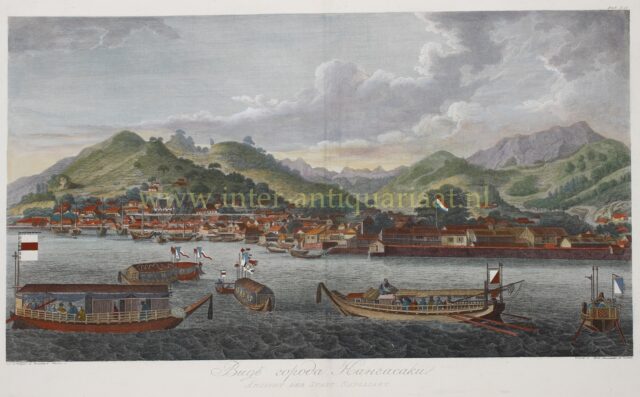In the 18th century, in the Netherlands, quite independently of what was happening elsewhere in the European art world, a very distinctive topographical genre developed. The detailed and truthful depiction of the surroundings improved in an unprecedented way. Draftsmen traveled through large parts of the country to capture important buildings, towns, and villages with a level of systematic detail and scale never seen before. They did so on behalf of collectors and publishers, most of whom were based in Amsterdam. Initially, collectors were primarily interested in historical information about castles, country houses, and churches; they also wanted pictures of these. Soon, there was increasing attention to the accuracy of the pictures and to their artistic quality.
Some collectors limited themselves to drawings, whether commissioned or not, while others also included prints or sometimes restricted themselves entirely to those.
Publishers cleverly responded to this growing demand by releasing print series, the publication of which often took several years, sometimes even decades. These prints and the drawings made for the purpose of these series also became beloved collectibles.
In addition to Haarlem and The Hague, it was especially Amsterdam where more artists than ever before dedicated themselves to cityscapes, particularly the recognizable, topographically reliable town view. They sometimes worked on canvas or panel, but primarily they drew on paper. Not only the abundance of cityscapes and the meticulousness of execution is remarkable, but also the high artistic level that some artists achieved.
By the end of the 19th century, artists focused more on the atmosphere and dynamics of everyday life in the city, and industrial areas, construction sites, and railway yards also became subjects for the cityscape.
View all

















